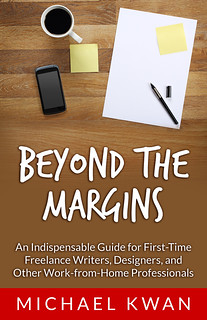Most people think of universities as places for higher education, but they’re so much more than that. They can be primarily centres of academic research, but sometimes they open up that research to the wider community. That is the case with the relatively new Beaty Biodiversity Museum on the University of British Columbia Point Grey campus. It was at UBC that I earned my degree and I will always have a soft spot for my alma mater.
In some ways, you could say that the Beaty Biodiversity Museum is an extension of the existing biology research that happens at UBC, except it is open to the public. Inside, we find a growing collection of specimens from all around the world. Peering into these preserved samples and skeletons can be a little creepy, as was the case with the Bodyworlds exhibit a few years back, but it does serve a fantastic educational purpose… even if you don’t get a diploma upon exiting.
The entrance to the Beaty Biodiversity Centre is very unassuming, blending in with the rest of the academic surroundings along Main Mall in UBC. If you didn’t know any better, you would assume it’s just another building with just another set of lecture halls and research laboratories. That is, of course, until you notice the full blue whale skeleton hung in the foyer. This is easily the biggest (no pun intended) highlight of a visit to Beaty.
After taking the ramp down to the lower level, you will find a theatre on one end where they show documentaries and other videos. There are usually a few tables set up for scheduled hands-on sessions with the experts too, but the main collection is located along rows of black cabinetry. It almost feels like the aisles of a library, except you get bones and other specimens instead of old books. These cabinets are not completely full, however, presumably because they want to reserve some space for future collections.
Harsh light can have a detrimental effect on the samples over time, so that may be why most of the museum is quite dimly lit and all the specimens are stored in such dark boxes. Naturally, flash photography is forbidden, but you are welcome to take pictures without flash.
Even though the first aisle offers the least scientific value, it may be one of the most interesting. It is filled with a display of taxidermy samples, primarily of antelope, goats and other hoofed creatures with antlers and horns. There are also several birds there, like this Great Horned Owl.
As you zig-zag your way through the aisles, you move from mammals to birds to reptiles to fish and even to various vegetation, both above land and below the sea. Many specimens don’t photograph particularly well, like the fish preserved in jars filled with formaldehyde, but they are worth seeing in person. To be fair, it helps if you have a bit of an academic background in this area or at least an interest in the science of it all.
Just as there is educational (and entertainment) value to be had by visiting the local zoo, it’s also worth visiting more scientifically-geared facilities like the Beaty Biodiversity Museum. It can feel quite academic at times and it may be a bit much too morbid for the younger audience, but the specimens can be positively fascinating.
Regular adult admission is $12 with UBC alumni enjoying a 2 for 1 discount when they show their Alumni Card.
















Recent Comments